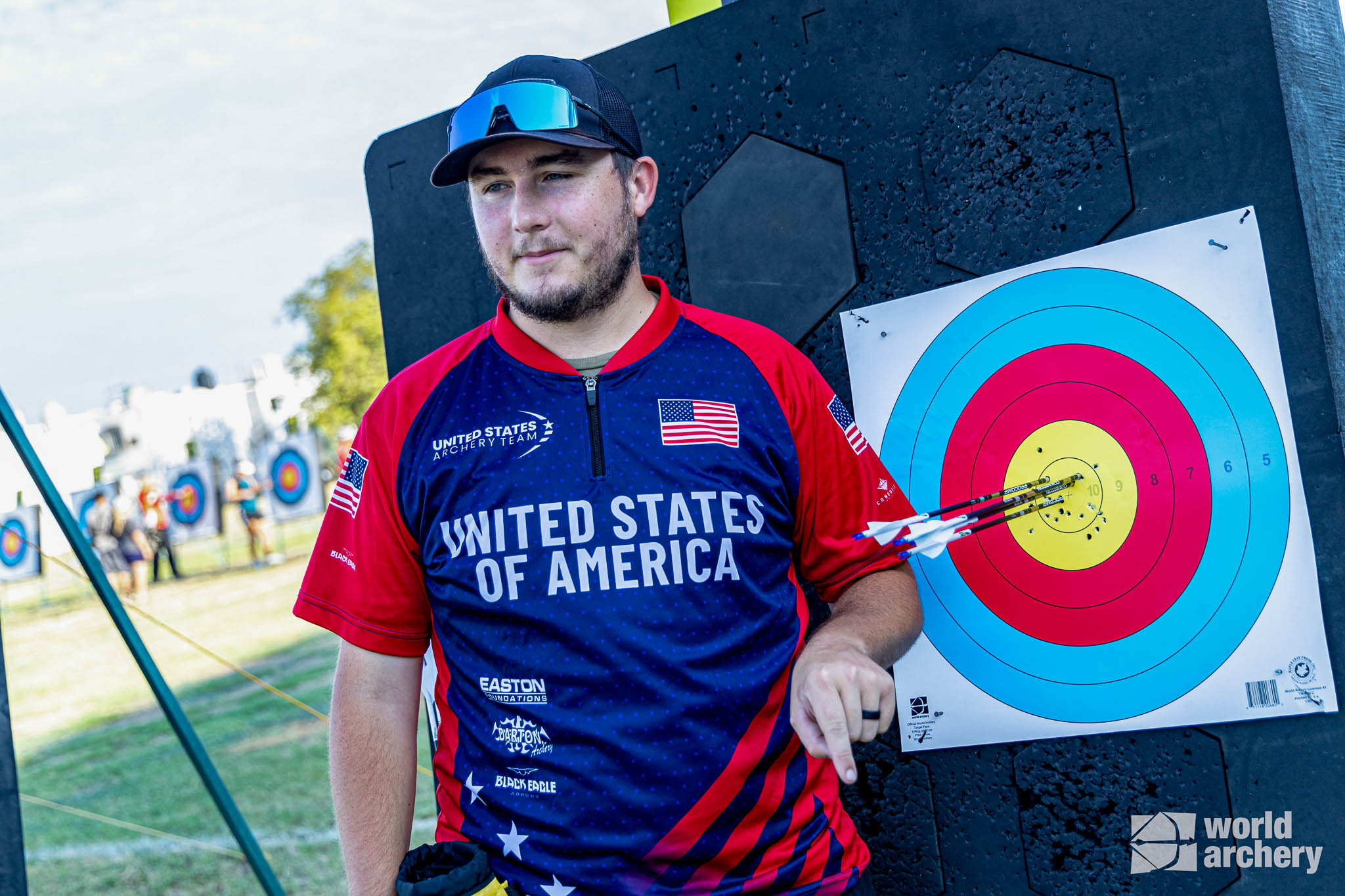 HERMOSILLO, Mexico – Five archers across the four categories will represent the USA this weekend as the sport’s best come together for the 17th Archery World Cup Final in the north-west Mexican city of Hermosillo.
HERMOSILLO, Mexico – Five archers across the four categories will represent the USA this weekend as the sport’s best come together for the 17th Archery World Cup Final in the north-west Mexican city of Hermosillo.
Brady Ellison will feature in the recurve men’s competition, Casey Kaufhold in the recurve women, with James Lutz and Sawyer Sullivan in the compound men, and Liko Arreola in the compound women.
Ellison will be pushing for a sixth World Cup title. Only Sara Lopez of Colombia has won more (7) since the circuit started in 2006. Ellison begins his quest for a sixth title against Italy’s Mauro Nespoli. Kaufhold was drawn first in the recurve women and will meet German archer Michelle Kroppen.
In the compound men, Sullivan begins with Abhishek Virma (IND), who won gold at World Cup Stage #3 in Medellin, Colombia. Lutz faces world number one and defending champion, Mike Schloesser (NED).
“Either way, if I want to have a chance to win, I’m probably going to have to shoot Mike,” admitted Lutz. “So, might as well try to get it out of the way early, or else I got to go home early.”
Arreola starts against Cho Su A of Korea. Sara Lopez (COL) or Jyothi Surekha Vennam (IND) await the winner in the semifinals.
There are eight archers in each category. To qualify for the World Cup Final, archers have either won one of the four stages this year - in Turkey, China, Colombia, or Paris – or achieved consistently high finishes to rank as one of the top points qualifiers.
Arreola won gold at the World Cup Stage #3 in Medellin in June. Kaufhold triumphed in Paris last month at World Cup Stage #4.
Compound competition takes place on Saturday. Recurve is on Sunday. The women are first up on each day, starting at 4pm PT. The men’s events start at 8pm PT.
Did you know?
The World Cup Final takes place in the Plaza Zaragoza, amid a temporary stadium. The plaza is set among orange trees but with Mexican Independence Day approaching (on September 16) there is unlikely to be any fruit on the branches.
Since 1958 the trees have been pruned ahead of Independence Day to remove the fruit. This tradition began after oranges were thrown at the governor, Álvaro Obregón Tapia, in 1957 during a labor dispute.
< Back to All News